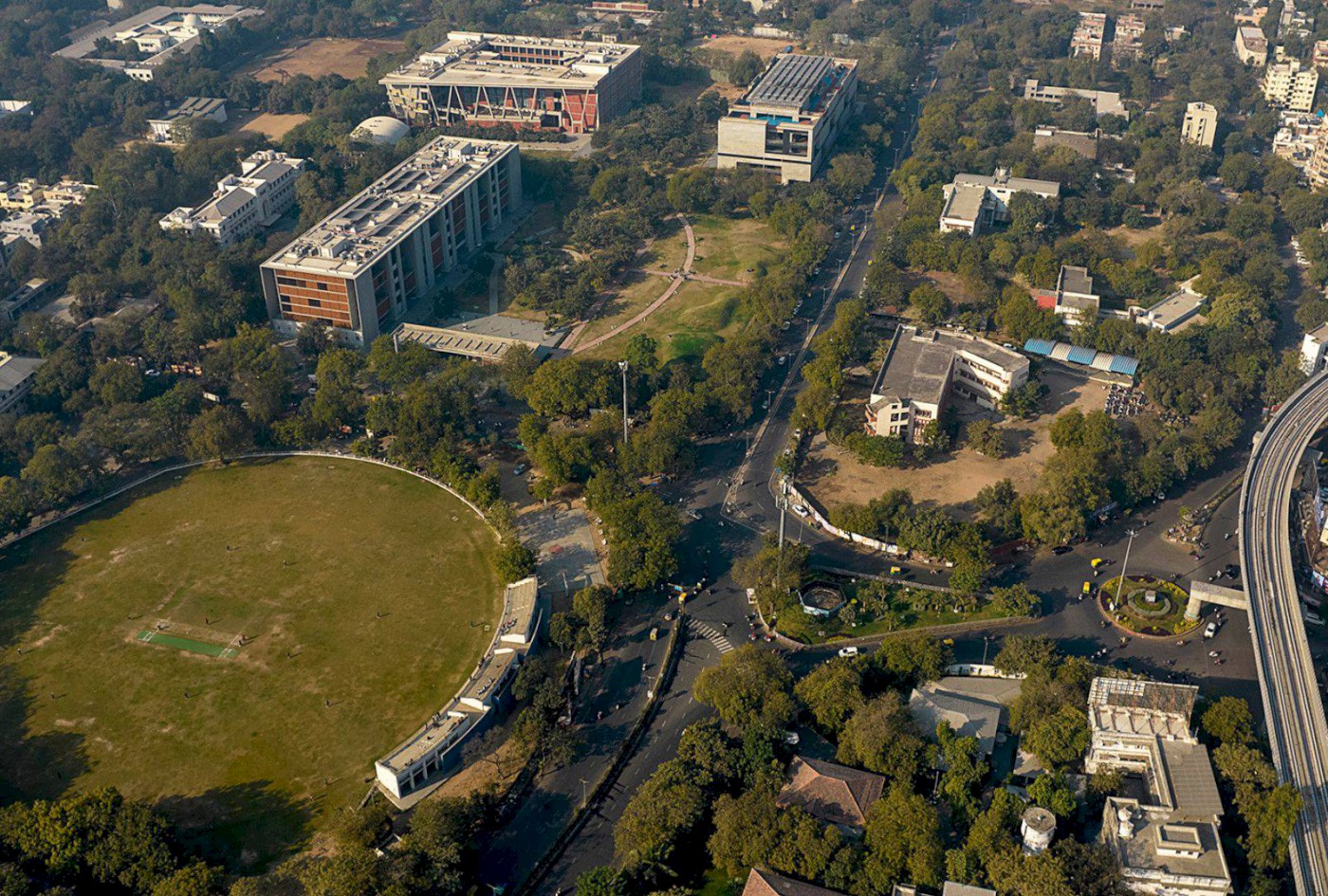28 April 2025
Rethinking Defensive Driving in Indian Cities

A study by a team of researchers from Ahmedabad University, including a doctoral student and faculty members, found that around 48 per cent of vehicles do not follow safe driving practices. Analysis of potential crash risks revealed that 17 per cent of interactions could lead to rear-end collisions, 6 per cent posed side-swipe risks, and 1.5 per cent involved angled collision risks. These findings highlight the prevalence of dangerous driving, especially among two-wheelers and smaller vehicles navigating congested, unmarked roundabouts with limited visibility and no lane guidance.
This reinforces the importance of defensive driving, defined as proactive road behaviour aimed at anticipating and avoiding collisions, as a critical area of study, particularly in traffic-heavy zones where lane discipline is often looked at as a suggestion than a rule. Maintaining a safe distance is a core principle of defensive driving yet measuring how well this is practised in complex traffic settings remains a challenge for urban planners and road safety experts.
A recent study by Ahmedabad University doctoral student Yagnik Bhavsar addresses this challenge using a novel combination of computer vision and drone (UAV) technology. Titled "Evaluating defensive driving behaviour based on safe distance between vehicles: A case study using computer vision on UAV videos at urban roundabout," the study introduces a vision-based methodology for assessing defensive driving behaviour in real-world, high-density traffic environments.
Yagnik's research utilises UAV footage from a self-regulatory urban roundabout in India, a complex zone lacking traffic lights and formal lane markings. This real-world setting offers insight into driving behaviours in contexts where infrastructure and traffic discipline often are not at par with global standards.
To turn raw video footage into actionable data, the researchers applied advanced computer vision techniques to track vehicles frame by frame. These motion trajectories were then used to calculate Surrogate Safety Measures (SSMs), metrics based on vehicle distance and acceleration, to evaluate whether drivers maintained safe stopping distances and avoided each other’s blind spots, two common causes of rear-end and side-swipe collisions.
A key characteristic of the study is the automatic detection of vehicle orientation from aerial videos, allowing for precise evaluation of interaction patterns between vehicles. The researchers categorised interactions using both spatial and temporal proximity, effectively quantifying the risk level associated with each driving instance. Additionally, it introduces a star rating system to grade drivers based on their adherence to defensive driving norms. This scale aggregates behaviour across multiple metrics, offering a simplified yet comprehensive score. This idea has substantial potential for future applications in driver education, insurance assessments, and even traffic enforcement.
Importantly, this study shows real-world applicability. In developing countries where advanced vehicle-to-vehicle (V2V) communication systems are not widely deployed, UAV and computer vision-based systems present a cost-effective and scalable alternative for traffic monitoring and policy planning. By analysing where, how, and why unsafe interactions occur, the research provides insights that can inform better infrastructure design (like improved roundabout markings), targeted awareness campaigns, and data-driven enforcement strategies.
Conducted in collaboration with Professors Mazad Zaveri and Mehul Raval from Ahmedabad University’s School of Engineering and Applied Science, and road safety consultant Zaveri Shaheriar from Road Safety Automotive Management, this study not only contributes to traffic safety research but also reflects the University’s dedication to socially impactful, applied research.
Published in Elsevier’s Multimodal Transportation journal, the study exemplifies the intersection of technology, urban design, and policymaking, showcasing how machine intelligence can make human road behaviour measurable and improvable. With UAVs monitoring from above and AI analysing below, the road to safer urban transportation mitigates erroneous human judgment, benefitting from data-backed decisions that can transform safety outcomes in high-risk regions.



